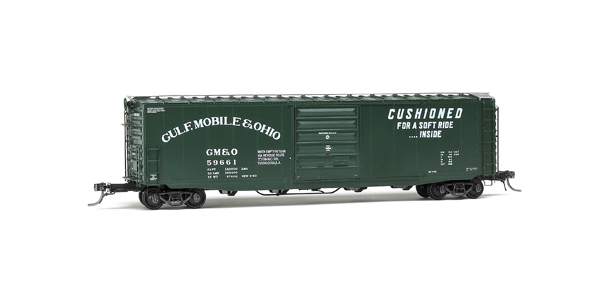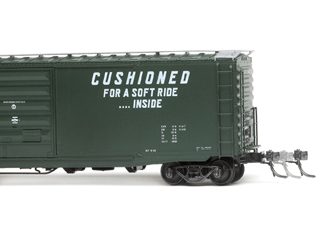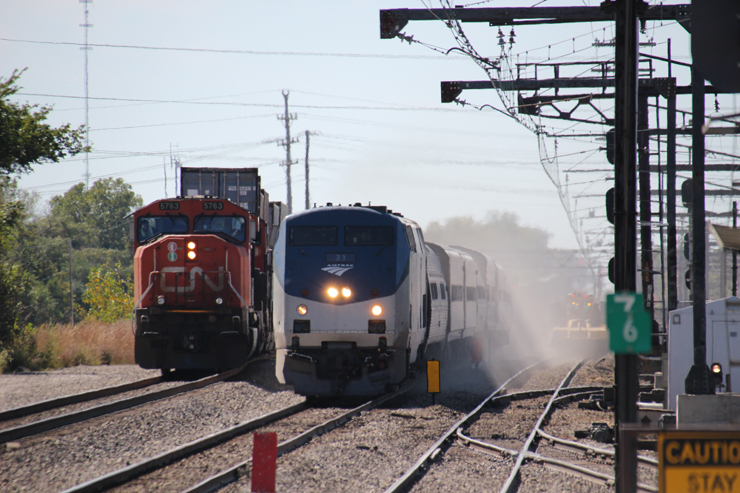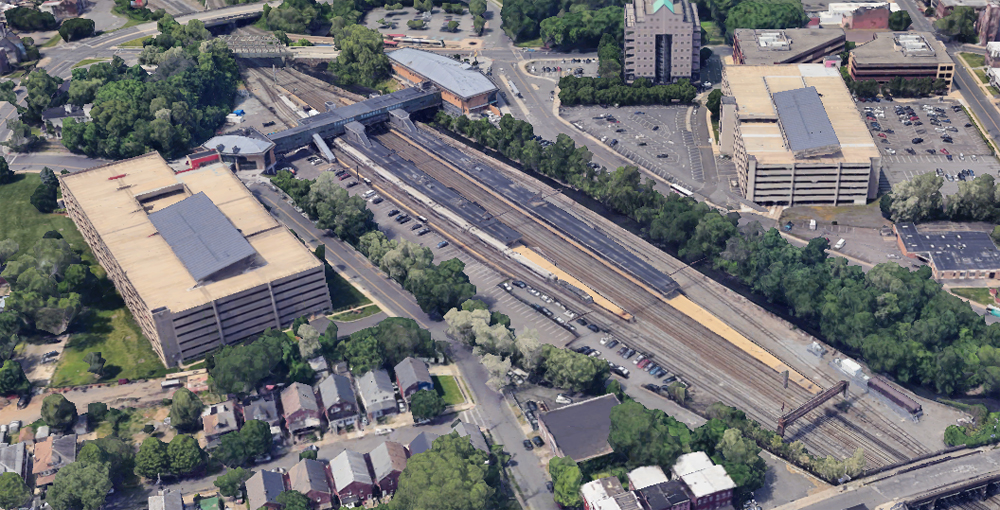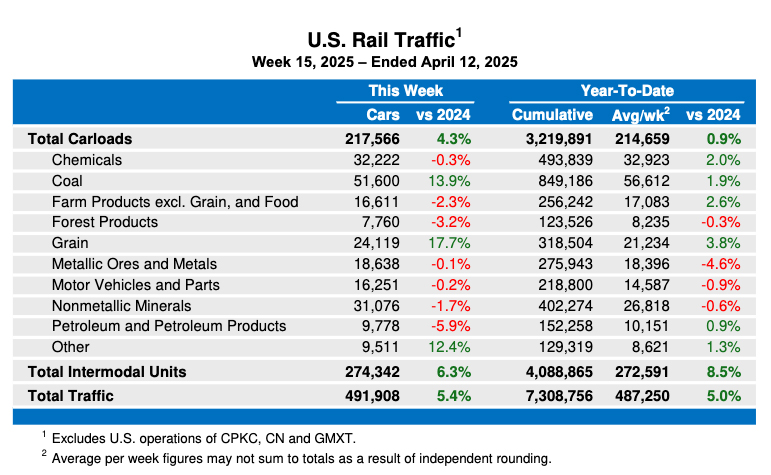As boxcars grew in capacity during the 1960s, the need for additional cushioning became evident and Pullman-Standard began offering Hydroframe 60 long-travel cushion underframes on the firm’s popular line of PS-1 boxcars. This new generation of cars used hydraulic cushioning and up to 30″ of travel to dissipate any impact the sliding sill received. However, a cushion underframe protects only its own carbody, as the rigid length of the sliding sill will transfer any hard impact straight through to the next car in line.
Large reductions in damage claims made these cushioned cars extremely popular with shippers of bottled and canned goods, glass, roll paper, and similar heavy products that are easily damaged.
Kadee’s new boxcar is a superbly finished model detailed to represent one of 200 cars built for the Gulf, Mobile & Ohio RR in 1963. Like the prototypes, this model combines Kadee’s original 50-foot PS-1 body shell with a revised underframe. Numerous details like ladders, grab irons, and running boards are individually applied, and a clever system of internal guides allow the sliding doors to operate smoothly with scale-size exterior hardware.
Most of the model’s weight comes from the die-cast metal floor, which snaps into the body. The sliding sill and underframe details are molded styrene, and they’re secured by the truck screws. Concealed coil springs allow the sliding cushion sill to move correctly under impact, and then return to its centered position.
Our sample came with appropriate Kadee ASF Ride Control solid- bearing trucks. These free-rolling trucks have metal RP-25-contour wheels mounted on needle-point acetal plastic axles. The wheelsets match the National Model Railroad Association’s standards gauge.
Kadee metal scale couplers are mounted at the proper height, and the model weighs 4½ ounces.
Our sample was smoothly painted dark green with clearly printed white lettering. Even the smallest lettering was readable.
Sometimes it’s hard to improve on success, but Kadee has certainly done it here. This is a well-done model of a popular prototype boxcar.
Price: GM&O, $32.95; others, $34.95
Manufacturer
Kadee Quality Products
673 Avenue C
White City, OR 97503-1078
www.kadee.com
Road names: Gulf, Mobile & Ohio; Atlantic Coast Line (black); Missouri-Kansas-Texas; and Rock Island
ASF solid bearing trucks
Kadee scale magnetic knuckle couplers at correct height
Operating cushion underframe
RP-25 contour metal wheels mounted in gauge
Weight: 4.5 ounces (matches NMRA RP-20.1)





